
These inventions didn’t just belong to a single nation—they belong to humanity
When exploring the history of human innovation, we tend to focus on the West and overlook other origins. However, many fundamental advances—crucial to global science, medicine, warfare, and recreation—began in ancient India.
These inventions are more than historical artefacts; they form the foundation of modern society. From mathematics to metalworking, these five Indian innovations didn't just contribute—they transformed the entire field.
It's hard to imagine a world without zero. Yet, before 5th-century India, such a world did exist. The Mayans and Babylonians used placeholders, but it was the Indian mathematician Aryabhata who regarded zero as a number. He didn't merely "fill gaps" — he initiated a mathematical revolution. By the 7th century, Brahmagupta expanded on this. In his essential work, Brahmasphutasiddhanta, he described arithmetic operations with zero and even defined negative numbers as "debts."
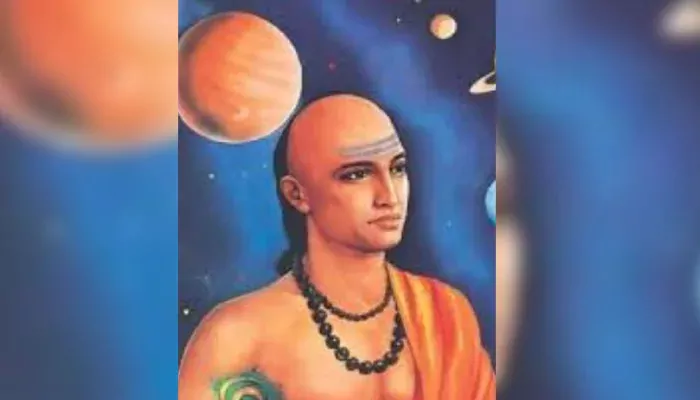
(Credit: Jagran Josh )
The idea wasn't created out of nowhere. Rooted in India's philosophical concept of shunyata—emptiness or the void—zero was more than a number; it was a metaphysical achievement. Its symbol, often a dot or oval, may have originated from the sacred "Bindu" symbol. This cultural background gave India a perspective that previous civilisations either couldn't or wouldn't conceive.
Before it became a global sport with international grandmasters, chess was known as chaturanga, a game of war originating in the courts of the Gupta Empire around the 6th century CE. Named after the four divisions of the Indian army—elephants, chariots, cavalry, and infantry—chaturanga was more than just a pastime; it served as a training tool for strategy and foresight.
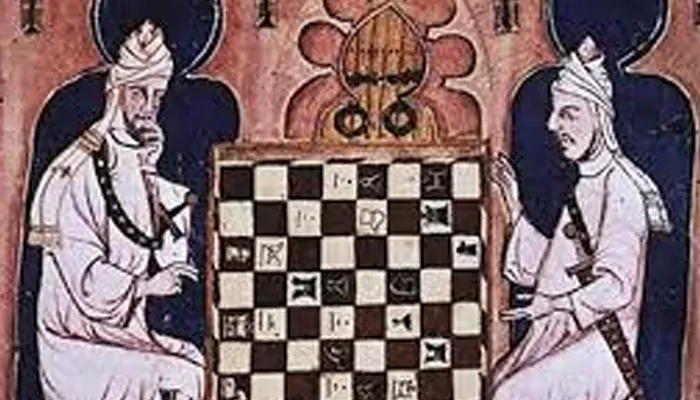
(Credit: Marathi Connect)
From India, the game spread westward, transforming into shatranj in Persia and eventually evolving into chess in Europe. However, the spirit of its Indian origins remains. Each pawn's sacrifice, every checkmate, echoes lessons from the Mahabharata-era battle formations.
Long before sterile theatres and silicone implants, Indian surgeon Sushruta performed complex procedures—rhinoplasty, ear reconstructions, even limb reattachments—in 600 BCE. His treatise, Sushruta Samhita, remains a cornerstone of surgical science.
Passed down through generations—sometimes via potters who preserved the art during periods of religious backlash—India's surgical knowledge eventually crossed into Greece, Arabia, and Europe.
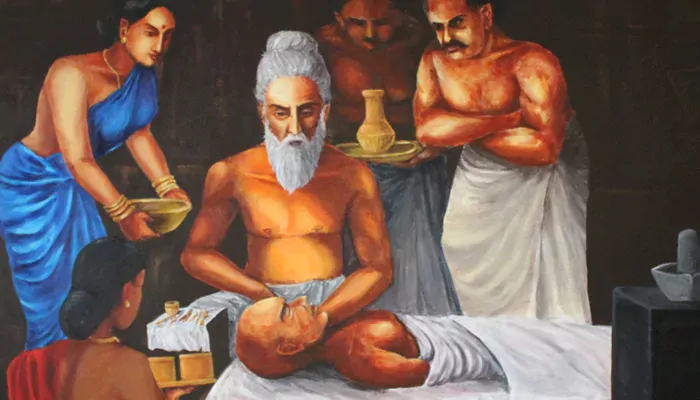
(Credit: Myth World )
British and French physicians who witnessed rhinoplasty in colonial India stood awestruck. Long before anaesthesia or antiseptics, India was already rewriting the boundaries of possibility.
When Arab warriors spoke of "an Indian answer," they referred to a cut from a wootz steel sword—so sharp, it could slice silk in mid-air. Forged in southern India as early as the 6th century BCE, this crucible steel featured a carbon composition and layered grain that later inspired the renowned Damascus blades.
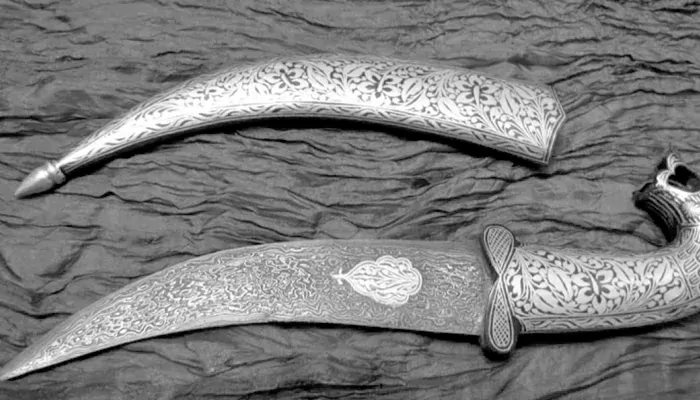
(Credit: Ancient Origins )
Trade routes transported this metallurgical marvel to Persia, the Arab world, and eventually Europe. Golconda, Telangana, and parts of Sri Lanka became centres of this prized material. Long before "Made in India" became a political slogan, wootz steel demonstrated it could arm an empire.
Before the world was aware of textiles, India had already established its legacy. Cotton cultivation in the subcontinent dates back to 6000 BCE, with archaeological discoveries from Mehrgarh and vivid accounts by Herodotus and Strabo.
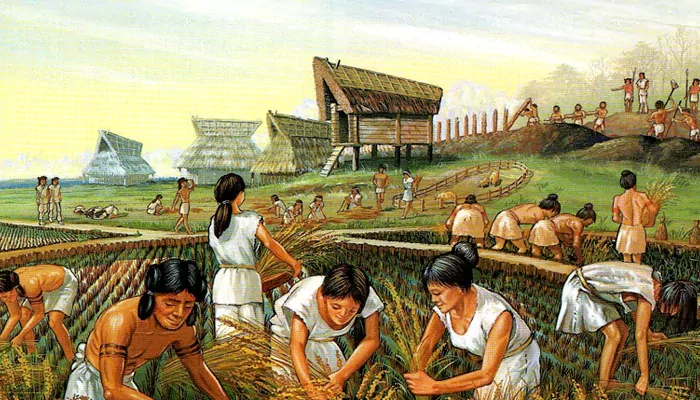
(Credit: Alfanso Stories )
When Alexander's soldiers swapped itchy wool for breathable Indian cotton, it wasn't just comfort—it was a revelation. These fabrics, often dyed with unmatched vibrancy, dominated trade routes and draped across Arabia, Africa, and Europe. In India, weaving was both science and soul—a tactile expression of culture, craft, and commerce.